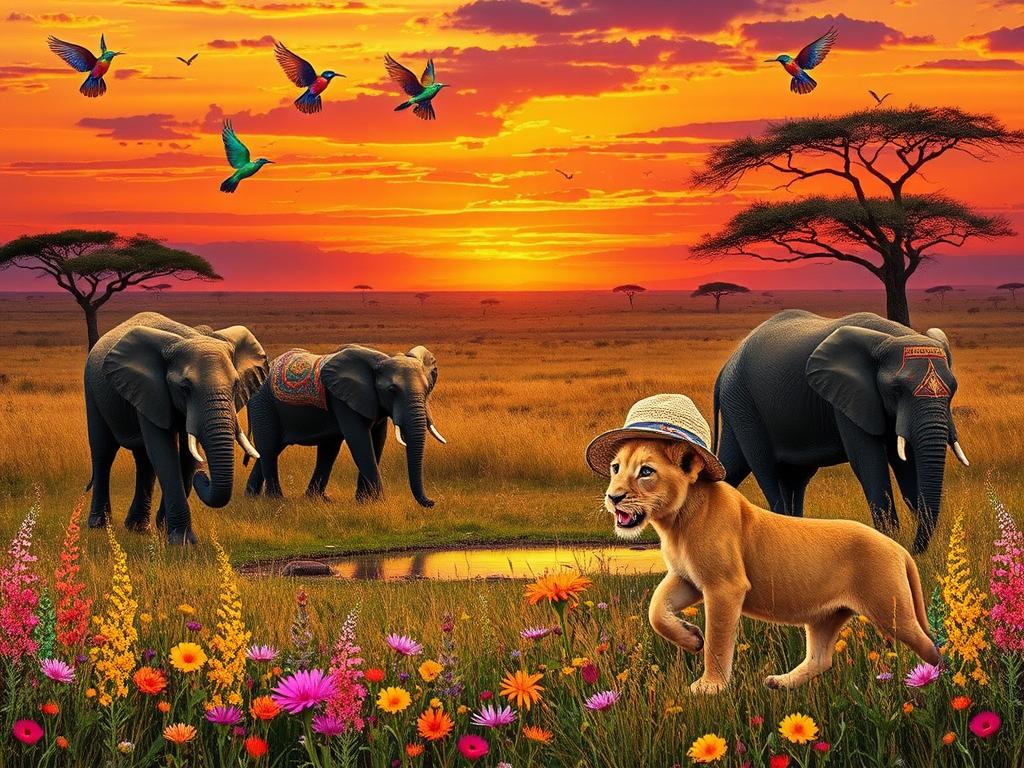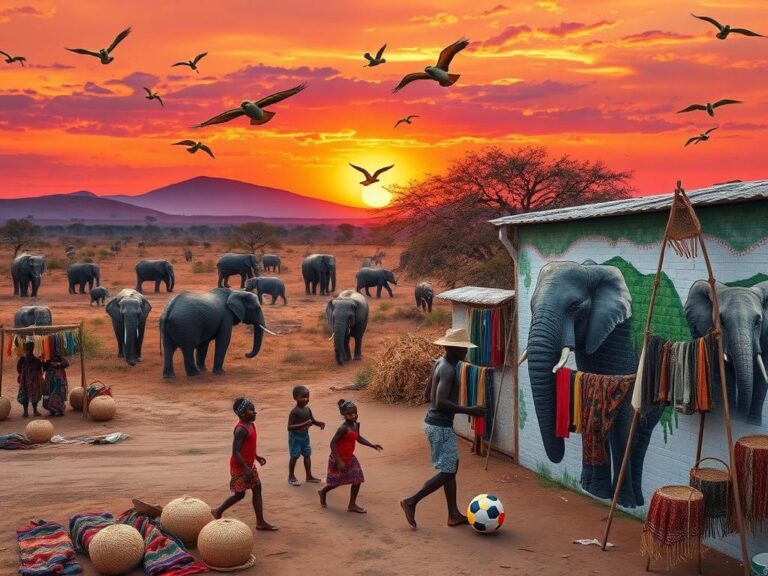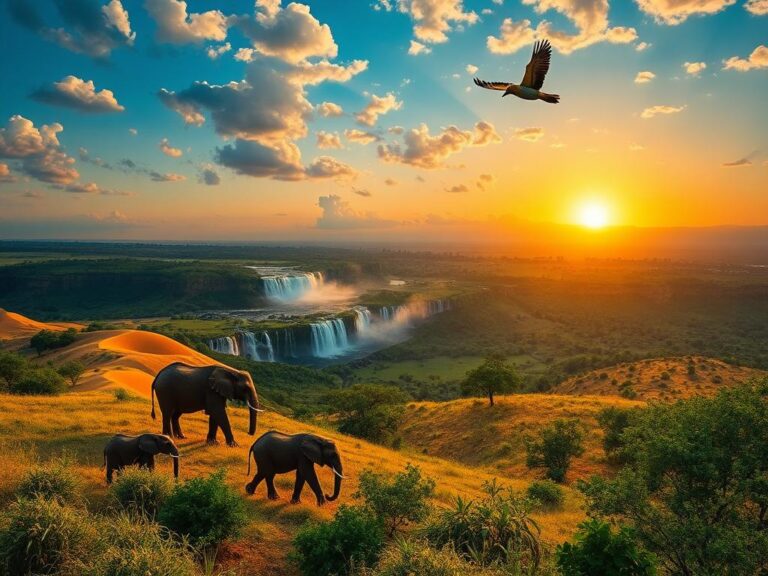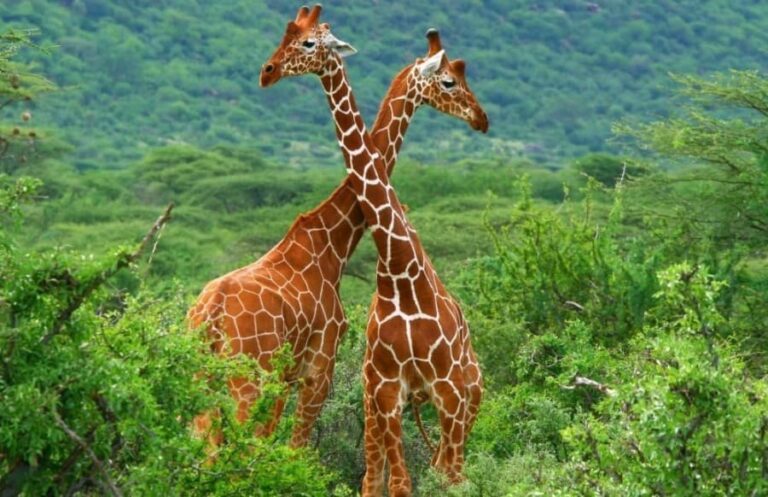
Best Time for an African Safari: A Comprehensive Guide to Planning Your Adventure
Best Time for an African Safari: A Comprehensive Guide to Planning Your Adventure
Best time for an African safari… It’s a question that dances in the minds of countless travel enthusiasts eager to immerse themselves in the wild beauty of the African landscape. While the allure of majestic landscapes and awe-inspiring wildlife calls many to the continent, timing your visit is crucial to ensuring you have the most unforgettable safari experience. Whether you’re yearning for the thrill of witnessing the Great Migration or simply wanting to marvel at the vibrant colors of the wet season, understanding the various seasons and their impact on wildlife sightings can make all the difference. In this guide, we will explore everything you need to know about choosing the best time for your African safari. From the seasonal migrations of animals to climate considerations, let’s dive into this fascinating journey together.
Understanding the Seasons in Africa
When planning a safari adventure, it’s essential to grasp the diverse climate and seasons that characterize Africa’s varied landscapes.
Generally, the African safari season can be divided into two main periods: the dry season and the wet season.
The dry season, which runs from June to October, is often regarded as the best time for safaris. During this period, the animals congregate around limited water sources, making them easier to spot. The foliage also thins out, thus enhancing visibility.
On the other hand, the wet season, from November to May, transforms the landscape into a lush paradise but presents its own challenges. The dense vegetation can sometimes mask wildlife, making sightings a bit trickier.
Seasonal Wildlife Migration: Nature’s Incredible Show
One of the most breathtaking spectacles in nature occurs during the Great Migration. Every year, millions of wildebeests, zebras, and other animals embark on a perilous journey from Tanzania’s Serengeti to Kenya’s Maasai Mara in search of greener pastures.
This migration is typically observed from June to September. During this time, you can witness dramatic river crossings as the animals brave crocodile-infested waters and dangerous predators.
As wildlife photographer David Yarrow once said, “The migration is the greatest show on earth… You feel small in the presence of that many wildebeests.” This awe-inspiring quote perfectly encapsulates the experience of witnessing this phenomenal event.
The Dry Season: Clarity of Vision
The dry season is heralded as the prime time for safari adventures. With much of the vegetation giving way to dry grasslands, spotting animals becomes significantly easier. Watering holes become the focal point for wildlife gatherings, allowing for exceptional viewing opportunities.
During these months, many animals are active during the cooler parts of the day, such as early morning and late afternoon. Plan your game drives accordingly to maximize your chances of encountering everything from elephants to lions.
Statistics suggest that game drives during the dry season yield animal sightings nearly 75% of the time, which is a significant indicator of why many travelers prefer to plan their safaris during these months.
The Wet Season: A Different Kind of Beauty
From November to May, you’ll experience the wet season, which transforms landscapes into vibrant green havens filled with wildflowers.
Although this time can be considered less favorable for spotting animals — due to the thicker foliage hiding them — the benefits are numerous.
You’ll find fewer tourists during these months, allowing for a more intimate experience with nature. Additionally, this is the season when most animals give birth, providing ample opportunities to see adorable newborns frolicking in the grass.
Calving Season: A Photographer’s Paradise
If you’re keen on wildlife photography, it’s wise to consider visiting during the calving season, which typically occurs from January to March. This time is particularly magical in Tanzania’s Serengeti.
During this season, over 500,000 wildebeest calves are born, creating perfect opportunities for heartwarming shots of mothers and their young. Effie M. Wambui, a wildlife activist, captures this sentiment beautifully: “Nothing is more precious than seeing the first moments of life in the wild.”
Temperature Variations: Dress for Success
It’s also essential to consider the temperature variations across the continent.
For instance, while East Africa may be cooler in June, Southern Africa often experiences high temperatures during the summer months.
Being prepared with the right clothing and gear will make your safari experience comfortable and enjoyable. Layers, lightweight fabrics, and sunscreen are your best friends when embarking on your journey.
School Holidays and Peak Travel Times
Planning your safari during peak travel times, often coinciding with school holidays, can significantly affect not just your budget but also your overall experience.
European holiday periods see surges in tourist numbers, leading to busier parks and potentially higher prices. If you want to avoid the hustle and bustle, consider scheduling your trip outside these peak times.
Park-Specific Weather Patterns
Each national park has unique weather patterns. It’s crucial to conduct thorough research on your chosen destination.
For example, Botswana’s Okavango Delta floods during the wet season, creating stunning waterways that make for excellent wildlife viewing.
By understanding each park’s specific conditions, you can better anticipate what to expect and make the most of your safari adventure.
Animal Behavior: Timing is Everything
Familiarizing yourself with animal behavior can greatly enhance your safari experience.
For instance, many big cats, including lions and leopards, are more active during cooler parts of the day. Observing these predators during the dry season can lead to extraordinary encounters.
Turning to wildlife expert Beryl Markham’s wisdom: “The lure of the wild is strong, but the understanding of its rhythm is essential.” This insight speaks volumes about harmonizing your safari timing with the behavioral patterns of wildlife.
Cultural Events and Festivals: A Unique Touch
Don’t overlook local cultural events and festivals when planning your safari. Incorporating these experiences enriches your journey and offers a glimpse into the authentic traditions of the region.
For example, scheduling your safari to coincide with the Maasai Mara Festival allows blending your wildlife observations with the vibrant celebration of Maasai culture.
Personal Preferences: Tailoring Your Experience
Ultimately, the best time for an African safari is subjective and heavily dependent on your personal preferences.
Whether you want to see specific animals, enjoy particular weather conditions, or seek a quieter experience with nature, tailor your trip accordingly.
As the renowned travel writer Pico Iyer put it: “Travel is not a reward for working, it’s an education for living.” Embrace this philosophy by customizing your safari experience to make the most of your time in Africa.
Conclusion
In summary, the best time for an African safari varies based on various factors, including wildlife migrations, personal preferences, climatic conditions, and specific events.
From the dramatic scenes of the Great Migration to captivating wildlife births, Africa’s beauty unfolds differently throughout the year. Understanding these nuances enables you to embark on a rewarding adventure, filled with rich experiences.
So, as you plan your trip, remember to think about what you hope to see and accomplish during your safari adventure. Choose the best time that aligns with those aspirations, ensuring that your African safari will be nothing short of unforgettable!
FAQs About the Best Time for an African Safari
What is the best time to see the Great Migration?
The best time to witness the Great Migration is from June to September, as millions of wildebeests and zebras traverse the Serengeti and Maasai Mara.
Is it safe to go on safari during the wet season?
Yes, it is generally safe to go on safari during the wet season, but be prepared for muddy roads and occasional rain that may impact mobility. However, fewer tourists and newborns make it a special time to visit.
How should I prepare for temperature variations in different regions?
Panel your wardrobe with lightweight layers, sun protection, and sturdy shoes suitable for both warm days and cooler nights.
Are there specific parks that are better for wildlife viewing year-round?
Each park has its unique features. The Serengeti is perfect for witnessing the Great Migration, while Ngorongoro Crater offers wildlife viewing year-round.
Can I still take great photos during the wet season?
Absolutely! The lush landscapes and newborn animals present unique photography opportunities. Just be mindful of the thick vegetation that might obscure some animals.
As you embark on this journey into the wild, share your thoughts, questions, and experiences in the comments section below. The journey begins with knowledge, and every adventure is enriched by connections with fellow travelers.


